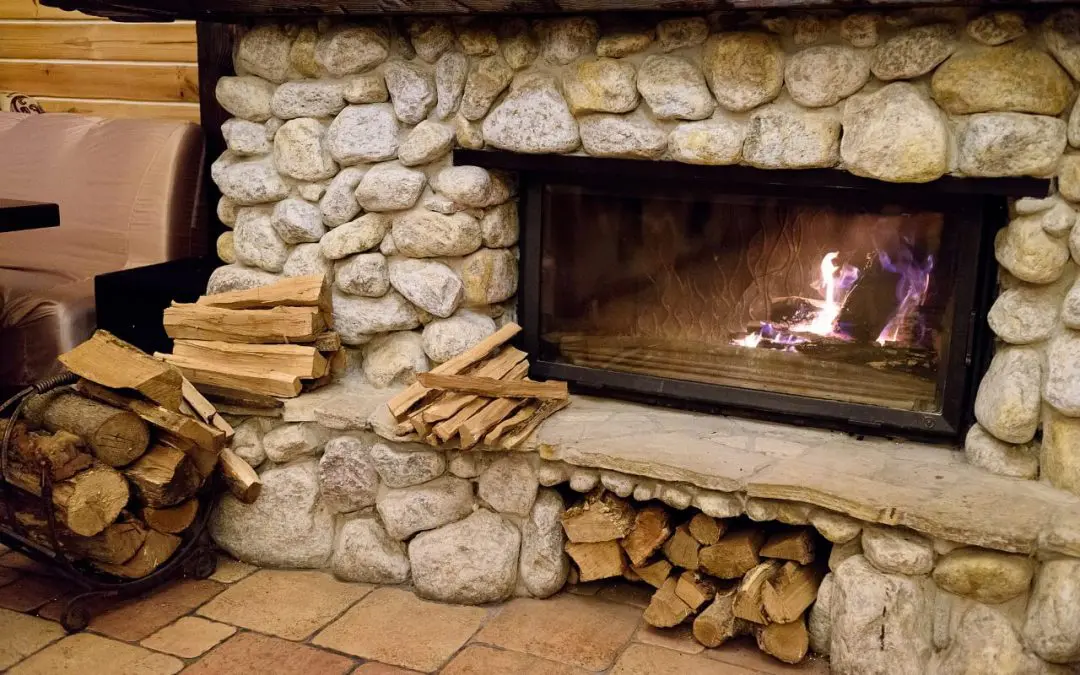It’s relaxing to sit by a fire on a cold winter night. You can enjoy the cozy warmth that a fireplace provides and save money on your utility bill. If you are planning to use your fireplace this year, follow these fireplace safety tips.
1. Inspect Your Chimney
Fireplace safety starts before you ever strike a match. As part of your home maintenance tasks, check the chimney for any structural damage. From outside the home, look for cracks or missing pieces of masonry. Make sure there are no branches overhanging your chimney. You may need to trim tree limbs back. If you don’t have a chimney cap, now is a good time to have one installed.
2. Have the Flue Cleaned For Fireplace Safety
Have a chimney sweep come to your property before using your fireplace. A chimney sweep will clean dangerous creosote buildup from your flue and clear out any debris left by animals that nested in your chimney for the summer. He or she will inform you of any structural concerns that need to be addressed before using the fireplace.
3. Choose the Right Fuel
Not all fireplaces are wood-burning. In fact, there are several other fuel options, including pellets and natural or LP gas. Know what type of fuel your fireplace needs so you can use it safely.
If you have a wood-burning fireplace, select seasoned hardwoods to burn. Softwoods, like pine, cause creosote to build up faster in your chimney. While they may be cheaper, they will result in additional cleanings throughout the season. Don’t burn wood that has been painted or treated with chemicals, since the heat will release those chemicals into your home.
4. Use Common Sense About Fireplace Safety
Use common sense when using a fireplace in your home. Keep combustible materials away from the flames. Have a fire extinguisher stored within reach in case of an emergency.
Add a screen or glass doors if they aren’t already present. This helps keep stray embers from damaging your furniture and flooring. A fireplace barrier also helps keep pets and children safe. Never leave children unattended around an open fire. Heatproof glass doors are not only a safety precaution; they also increase the efficiency of your fireplace, so you burn less wood.
5. Check Your Smoke and CO Alarms
An extinguisher is only one of the important safety devices you should have. Check the operating condition of your smoke and carbon monoxide detectors before you use your fireplace. Replace the batteries at the beginning of the season. If an emergency situation arises, smoke detectors may be your first warning that something is wrong.
Practice Fireplace Safety
Fireplace safety precautions should begin before the fireplace is used. Prepare your firebox and chimney so you’ll be ready to enjoy the fireplace safely this winter.
Inspect it Neil Home Inspections offers home inspections to New Jersey. Contact us to request our services.

